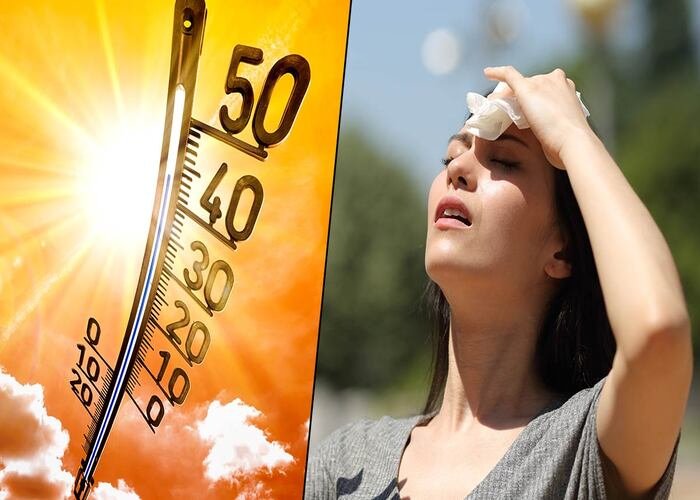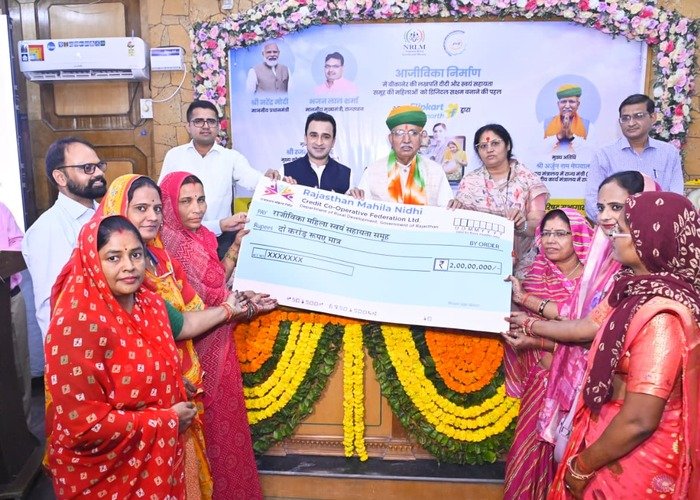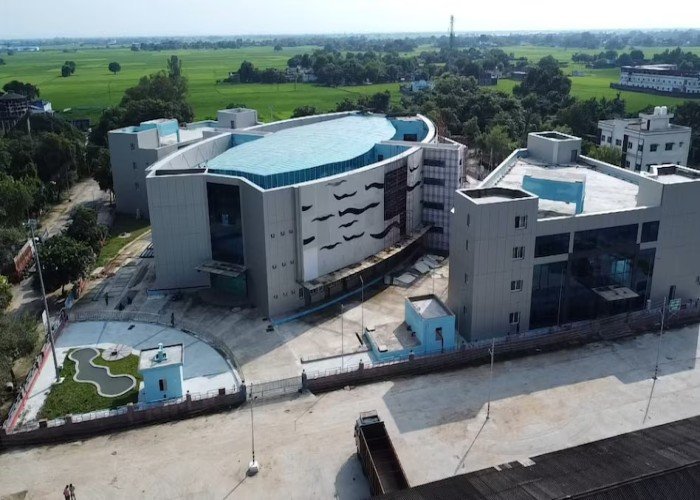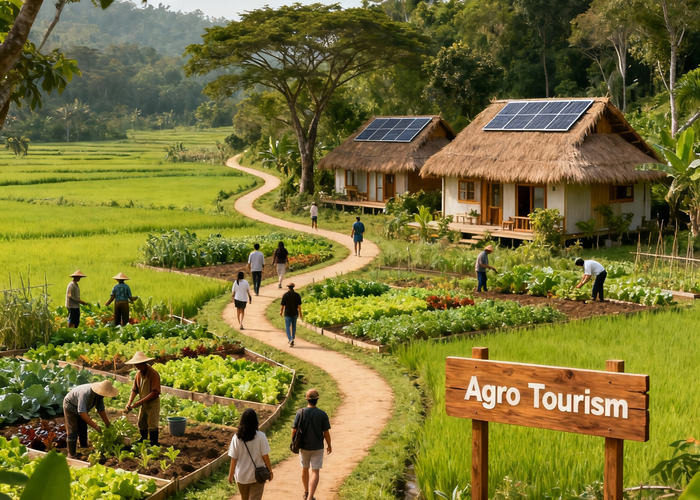
Experts suggest that late April may bring relief in the form of dusty squalls and light thunderstorms to Delhi-NCR and Haryana.
The India Meteorological Department (IMD) and Skymet Weather have released their forecasts for the 2025 monsoon and current weather trends, painting a picture of a challenging April ahead for several regions, especially Delhi-NCR and Northwestern India.
April Heatwave Challenges
The most recent IMD report says that Delhi-NCR’s maximum temperatures could reach 40 to 42 degrees Celsius by mid-April, which is 5 to 6 degrees more than normal. The heat is expected to be exacerbated by weak winds and high humidity, which could result in uncomfortable conditions and health issues related to the heat. States like Rajasthan, Gujarat, Punjab, Haryana, Madhya Pradesh, and Uttar Pradesh are also bracing for severe heatwaves, prompting IMD to issue red and orange alerts.
Experts suggest that late April may bring relief in the form of dusty squalls and light thunderstorms to Delhi-NCR and Haryana. However, these rains might increase humidity rather than cooling the region down, adding further discomfort.
Skymet’s weather specialist, Mahesh Palawat, warned that the heat and humidity could spike electricity demand by 15-20%, putting pressure on the power grid.
Skymet Weather predicts that the 2025 monsoon will hover around the Long Period Average (LPA) at 103%, falling within the normal range. This outlook is supported by the favorable monsoon conditions that are anticipated in El Nio and La Nia patterns. In most of the country, good rainfall in July and August is expected, which is good for agriculture and water resources.
Regional Forecasts
Central and Southern India: States like Maharashtra, Madhya Pradesh, Karnataka, Goa, and Kerala are likely to experience above-normal rainfall, promising a strong start to the kharif sowing season and bolstering agricultural activities.
Northeast and Hilly States: Meghalaya, Sikkim, Assam, and Uttarakhand may experience lower-than-average rainfall, which could result in a lack of water and negatively affect agriculture. Normal monsoon conditions are anticipated for Delhi-NCR, Haryana, western Uttar Pradesh, and Punjab in Northwestern India. However, uneven distribution of rainfall could lead to localized dry spells affecting certain areas.
Effects on the Farm and Everyday Life The anticipated good rainfall in July and August is expected to boost the sowing of crops like rice, maize, soybeans, and pulses, which are crucial for India’s food security. Rural economies, heavily reliant on the monsoon, are likely to benefit from these developments, providing much-needed relief.
On the other hand, the intense heatwave in April poses health risks like heat stroke and dehydration, prompting experts to advise against outdoor activities between 11 a.m. and 3 p.m. and to emphasize staying hydrated. Concerns About the Climate Climate scientists highlight that climate variability is increasing unpredictability in weather patterns, exemplified by the severe April heat and delayed monsoon onset in June. IMD Director General Mrutyunjay Mohapatra emphasized the need for long-term measures to mitigate the impacts of climate change.
As India gets ready for a difficult April with intense heat, the prediction for the 2025 monsoon is still cautiously hopeful, indicating respite for the agricultural sectors and highlighting the need for climate adaption measures.










